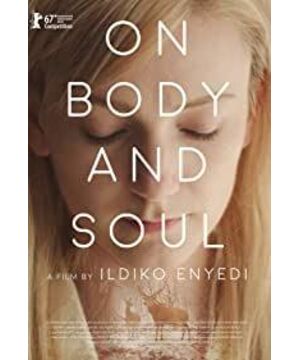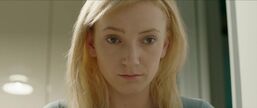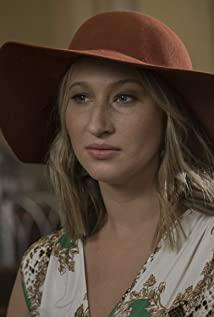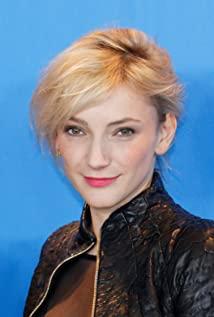1. Could Maria be a figure imagined by Andre at all? The reason why I think so, the answer is already very obvious at the end of the film. Maria lost a hand to a cut wrist; Andrei himself is a slaughterhouse treasurer with a left-handed disability. How can we believe that there are two people in the world who have the same dream every night? Could this kind of artistic conception of Zhuang Zhou's dream of butterflies actually be that Andre, who is withdrawn and celibate (the bigger reason is his disability), depicts a lifelike encounter in the dream; he incarnates himself as A deer lives in isolation, because in his dreams he has created an object that he can "touch".
two. The story takes place in a slaughterhouse; the so-called dreaming of different beds in the film is really just a pretense. What the director really wants to talk about is the "instincts" of animals (you can also think of them as flesh and spirit). In the plot, there is a scene where Andre, the financial director of the slaughterhouse, is interviewing a young man named Sando, and immediately asks, "What do you think of these animals?" Of course Sando, who was given a job opportunity, naturally gave him what he thought of the other party. (i.e. Andre) an acceptable statement. (He is really smart! Don't show off your cleverness in front of the old rivers and lakes) Andrei's reply to him is unexpected; you can't stay here if you don't have compassion.
Compassion is also an animal nature, or instinct; as with touch, communication, courtship, and flocking. The slaughterhouse itself is a large gathering field for animals; as the manager of this field, he almost lives a solitary life, living in isolation and not even good at socializing with people. As a result, the slaughterhouse hired another food safety inspector Maria who was even less sociable than him (Andre).
There are countless movies about alienation and social (group life) marginalized people, perhaps not worse than the Hungarian female director Ilti Koenida's "Flesh and Spirit"; but the interesting thing is that "the same bed is the same Dream" is a fantastic setting. We don't care whether the dreams of these two people are true or not, but after all, they both incarnate as animals in their dreams; they follow their instincts to find companions, hoping to attract each other, and this is also true in real life. From the first day she reported to Maria, Andrei began to pay attention to her; it was not also a search and joy out of animal instinct.
Of course, we can also think that the director intends to explore the gap between soul and body through the overlapping design of human and animal, reality and dream. The situation and atmosphere of the film, the soundtrack and the camera lens all have a little shadow of the late Polish film master Chislowski; perhaps it is that mysterious Eastern European decadent but beautiful picture that is like poetry, which makes people feel such an illusion. .
In the end, it is impossible to escape a disabled love relationship, and indeed it is very similar to Chislowski!
View more about On Body and Soul reviews










